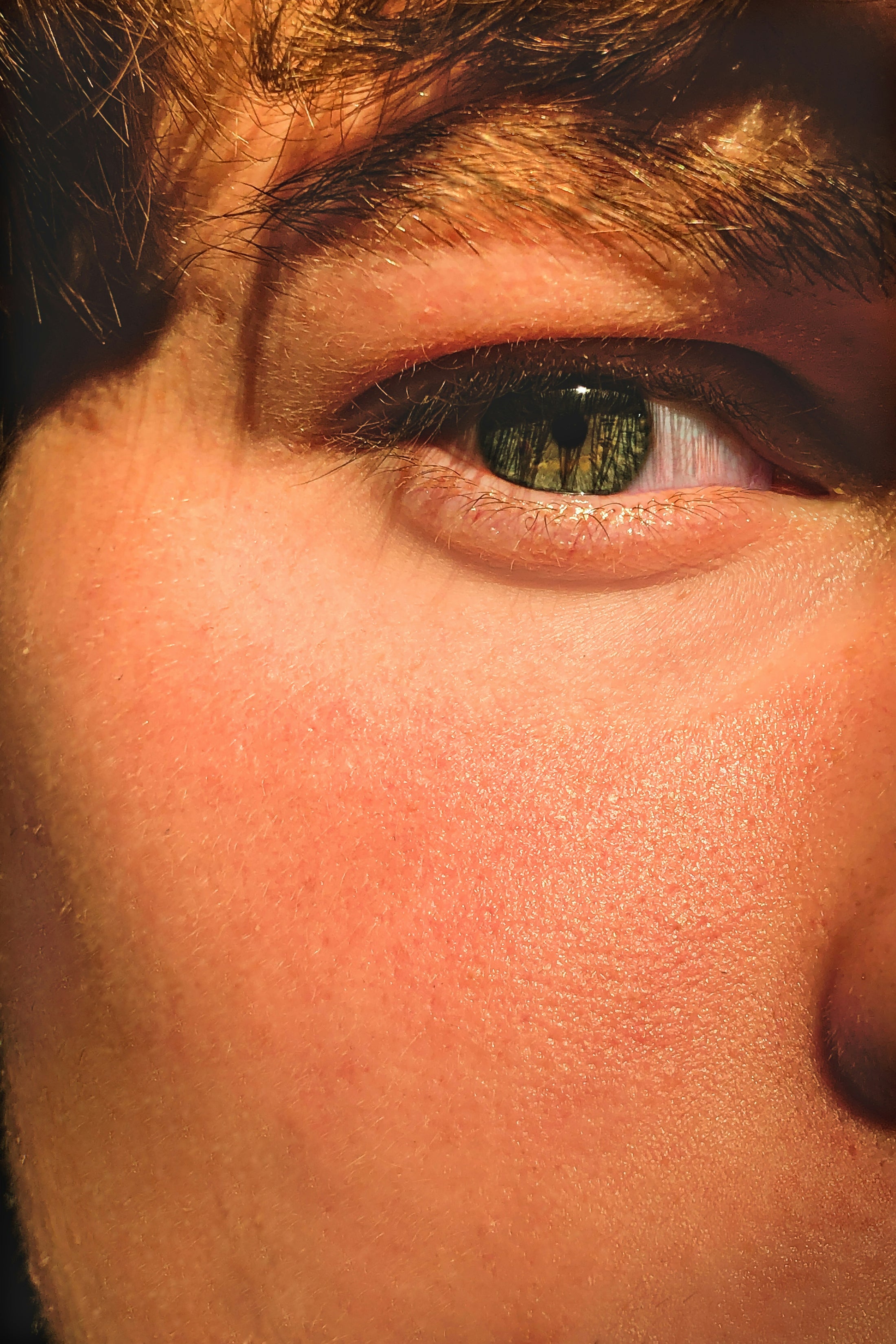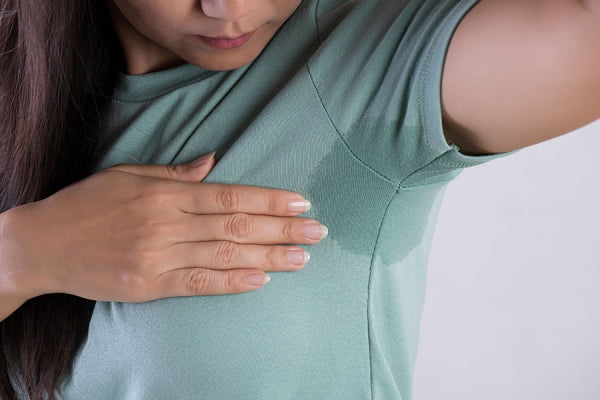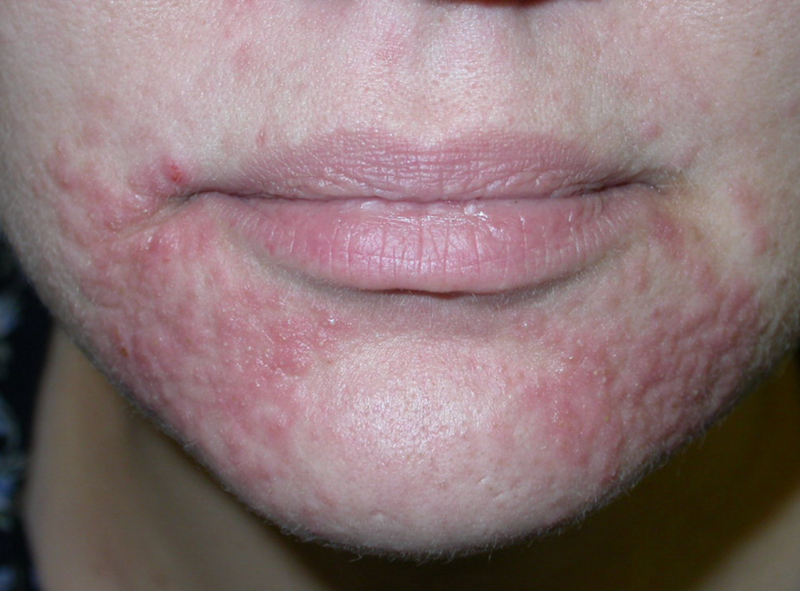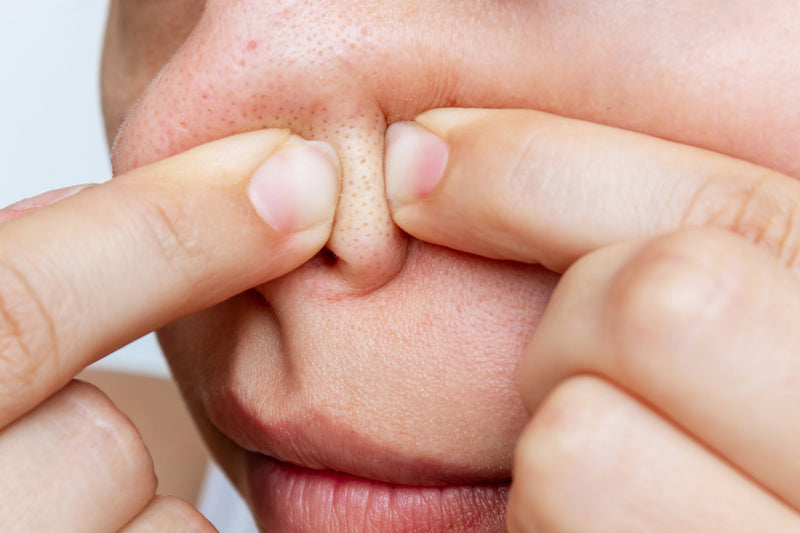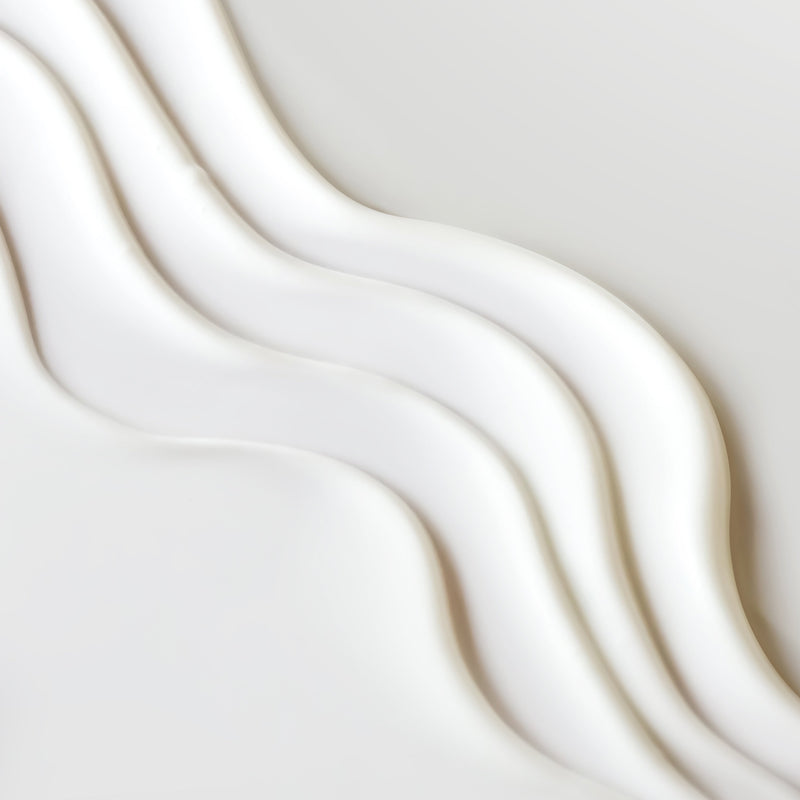What is the skin barrier?
Functioning as the body's protective shield, the skin barrier is constructed from dead skin cells, acting as bricks, and lipids, primarily ceramides, serving as mortar. This structure effectively locks in moisture and repels irritants, maintaining skin hydration and overall health. Disruption of this barrier can lead to dry skin (xerosis) and increased sensitivity, characterized by flakiness, rough texture, tightness, and a dull appearance.
What can damage the skin barrier?
External factors:
-
Environmental factors such as cold weather, low humidity, and wind remove essential natural oils from the skin.
-
Reduced air moisture from indoor heating or cooling intensifies skin dryness.
-
The use of hot water, harsh soaps, or irritating skincare products can deplete skin lipids, compromising the skin's barrier function.
Internal factors:
-
The natural aging process leads to decreased lipid synthesis, resulting in a gradual weakening of the skin's barrier.
-
Inherited genetic variations can alter the skin's lipid profile, increasing susceptibility to xerosis.
-
Systemic diseases like diabetes and thyroid disorders can contribute to compromised skin barrier integrity.
How to treat a damaged skin barrier
Moisturize smartly:
-
To effectively lock in moisture and improve skin smoothness, utilize products with emollients, such as ceramides or squalane.
-
Enhance skin hydration by including humectants like glycerin and hyaluronic acid in your regimen; a synergistic combination of both is ideal.
Optimize moisturizer selection:
-
Due to their richer formulation, cream-based moisturizers offer enhanced hydration compared to lotion formulations.
-
To address localized areas of extreme dryness, apply occlusive agents, like petrolatum, to establish a protective barrier against moisture loss.
-
Optimize skin hydration by adjusting moisturizer type to seasonal variations: utilize heavier creams during dry winter months and lighter gels or lotions in humid summer conditions.
Adopt healthy habits:
-
Minimize shower duration and avoid high water temperatures to prevent the stripping of natural skin lipids.
-
Maximize post-wash hydration by applying moisturizer within a three-minute window.
-
Ensure adequate systemic hydration by consuming a minimum of eight cups of water per day.
-
Employ indoor humidification during periods of low environmental humidity.
-
Protect the skin barrier from UV-induced damage and premature aging through daily sunscreen application.
